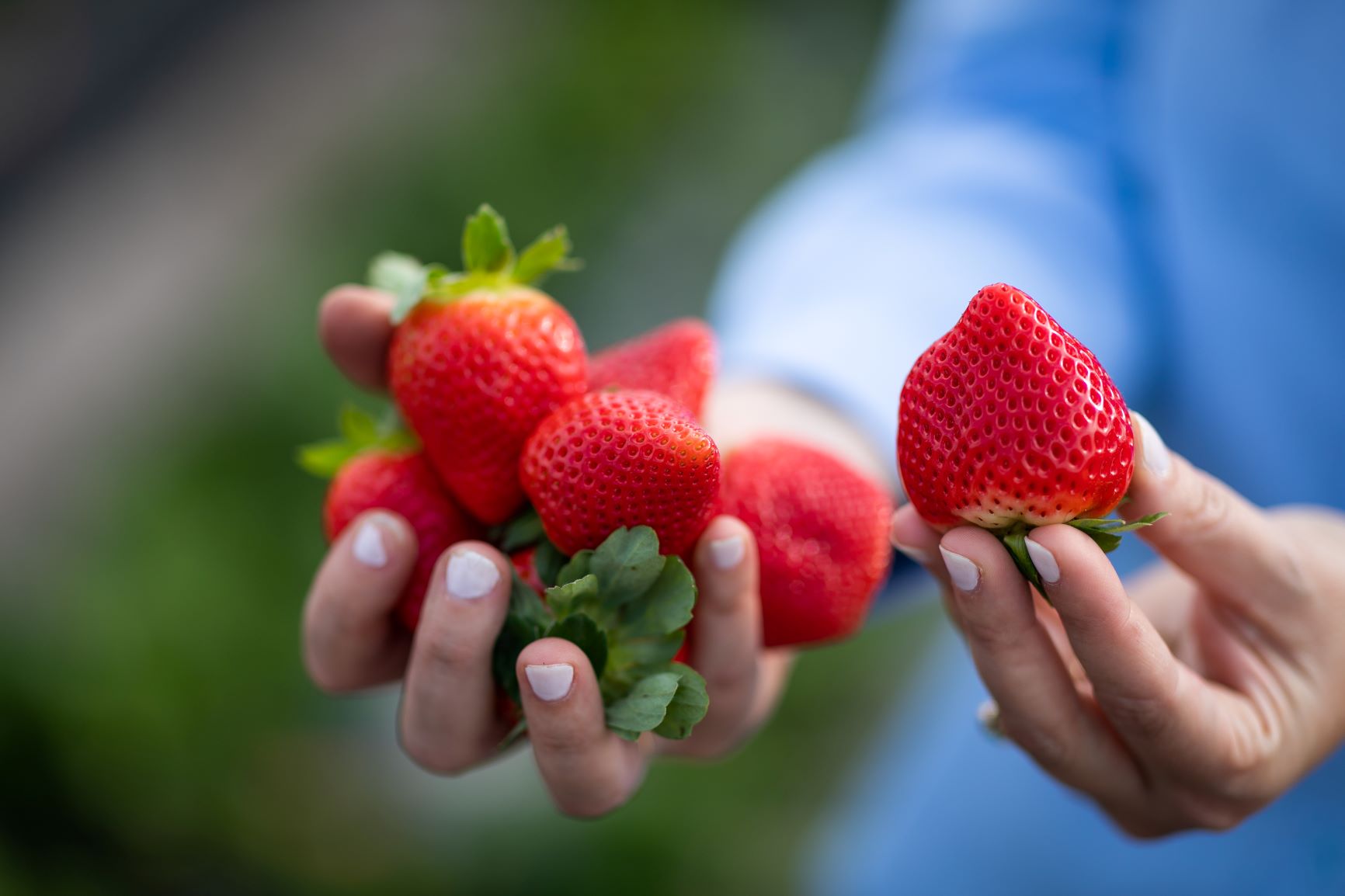

Articles
How To Store Strawberries After Picking
Modified: February 28, 2024
Learn the best techniques for storing freshly picked strawberries with our informative articles. Keep your strawberries fresh and delicious for longer!
(Many of the links in this article redirect to a specific reviewed product. Your purchase of these products through affiliate links helps to generate commission for Storables.com, at no extra cost. Learn more)
Introduction
Strawberries, with their vibrant red color and sweet, juicy flavor, are a favorite summer fruit for many. Whether you’ve picked strawberries from your own garden or purchased them fresh from a local farm, knowing how to properly store them is essential to maximize their shelf life and taste.
Properly storing strawberries after picking or buying is crucial to maintain their freshness, texture, and flavor. Strawberries are delicate fruits that can spoil quickly if not stored correctly. In this article, we will explore various methods for storing strawberries, from refrigeration to freezing and even preserving them for long-term use. By following these simple guidelines, you can enjoy delicious strawberries long after their harvest season.
Key Takeaways:
- Properly harvesting and preparing strawberries is crucial for maintaining their freshness and flavor. Follow guidelines for picking and prepping, and store them in the refrigerator or freezer for extended enjoyment.
- Get creative with strawberries by freezing, dehydrating, or turning them into homemade jam. Follow storage tips to maintain their freshness and savor their delicious flavor year-round.
Properly Harvesting Strawberries
Before we dive into the different methods of storing strawberries, it’s important to understand how to properly harvest them. Knowing when to pick your strawberries will ensure that they are at their peak of ripeness and flavor.
Here are a few guidelines to follow when harvesting strawberries:
- Wait until the strawberries are fully ripe: Strawberries will not continue to ripen after they are picked, so it’s crucial to wait until they are fully red and have reached their peak sweetness before harvesting them.
- Gently twist the strawberry: To avoid damaging the strawberry plant, carefully twist the stem of the strawberry and gently remove it from the plant. Avoid pulling or tugging on the strawberry, as this can cause bruising.
- Harvest in cool conditions: Ideally, strawberries should be picked in the early morning when temperatures are cooler. This helps to minimize moisture buildup, which can lead to spoilage.
- Avoid overfilling the container: When harvesting strawberries, be careful not to overcrowd or squish them in the harvesting container. A shallow container or basket is recommended to prevent crushing the berries.
- Inspect for any signs of damage: Before storing strawberries, inspect them for any signs of damage or spoilage. Remove any strawberries that are bruised, moldy, or have soft spots. These can quickly spread and affect the quality of the other strawberries.
By following these simple guidelines, you can ensure that you are harvesting strawberries at their optimal ripeness, which will result in the best flavor and quality of the fruit.
Preparation for Storage
Before storing your freshly picked strawberries, it’s important to take a few preparatory steps to ensure their longevity and quality. Properly preparing strawberries for storage will help to prevent them from spoiling prematurely and preserve their delicious flavor.
Here are some key steps to follow when preparing strawberries for storage:
- Gently rinse the strawberries: Rinse the strawberries under cold water to remove any dirt, debris, or pesticide residue. Be careful not to soak them for too long, as strawberries are prone to absorbing water, which can affect their texture and flavor.
- Pat the strawberries dry: After rinsing, gently pat the strawberries dry with a clean kitchen towel or paper towels. Removing excess moisture will prevent mold growth and extend their shelf life.
- Remove the stems: Using a small paring knife or strawberry huller, carefully remove the green stems from each strawberry. This step is optional but can help prevent moisture buildup, which can cause the strawberries to spoil faster.
- Sort and discard damaged berries: Inspect each strawberry and discard any that show signs of bruising, mold, or soft spots. It’s crucial to remove any damaged strawberries, as they can quickly spoil the others.
- Let the strawberries air-dry: After removing the stems and sorting, let the strawberries air-dry completely before storing them. This can be done by placing them on a clean kitchen towel or paper towels and allowing them to sit at room temperature for about an hour.
Following these preparation steps will ensure that your strawberries are clean, dry, and ready for storage. By eliminating excess moisture and removing any damaged berries, you’ll greatly increase the chances of maintaining the strawberries’ freshness and flavor for an extended period.
Storing Strawberries in the Refrigerator
One of the most common methods for storing strawberries is in the refrigerator. The cool temperature of the fridge helps to slow down the ripening process and prolong the shelf life of the strawberries. Here are some steps to follow when storing strawberries in the refrigerator:
- Choose the right container: Transfer the strawberries to a clean, dry container for storage. Opt for a shallow container that allows for good air circulation, such as a plastic or glass container with a lid or a breathable produce bag. Avoid using airtight containers, as strawberries tend to spoil faster in a humid environment.
- Line the container with paper towels: To absorb any excess moisture, line the bottom of the container with a few layers of paper towels. This will help to prevent moisture buildup, which can cause the strawberries to become mushy or moldy.
- Arrange the strawberries in a single layer: Place the strawberries in the container in a single layer, ensuring that they are not overcrowded. If you have a large quantity of strawberries, it’s best to store them in multiple containers to avoid crushing or bruising.
- Cover and refrigerate: Seal the container with a lid or wrap it tightly with plastic wrap to create a protective barrier. Place the container in the refrigerator and store the strawberries at a temperature between 32°F (0°C) and 40°F (4°C).
- Check and remove any spoiled berries: Regularly inspect the strawberries for signs of spoilage. If you notice any moldy or soft berries, remove them immediately to prevent them from affecting the others.
Stored properly in the refrigerator, strawberries can stay fresh for up to one week. However, it’s best to consume them as soon as possible for the best flavor and quality. Remember to handle the strawberries gently when taking them out of the fridge, as they can become fragile and easily damaged.
Preserving Strawberries in the Freezer
If you have an abundance of strawberries and want to enjoy them beyond their fresh state, freezing is an excellent preservation method. Freezing strawberries allows you to enjoy their flavor and nutrients throughout the year. Here’s how to preserve strawberries in the freezer:
- Wash and dry the strawberries: Start by rinsing the strawberries under cold water and patting them dry with a kitchen towel. Make sure to remove any stems and sort through the strawberries, discarding any damaged or spoiled ones.
- Slice or leave them whole: You have the option to either slice the strawberries or leave them whole before freezing. Sliced strawberries are convenient for use in smoothies, desserts, or toppings, while whole strawberries are ideal for snacking or garnishing.
- Spread on a baking sheet: Arrange the strawberries in a single layer on a parchment-lined baking sheet, making sure they are not touching. This allows them to freeze individually and prevents them from sticking together in a clump.
- Flash-freeze the strawberries: Place the baking sheet with the strawberries in the freezer and let them freeze for about 2-3 hours or until they are solid. Flash-freezing helps maintain the strawberries’ shape and texture during the freezing process.
- Transfer to freezer-safe containers or bags: Once the strawberries are fully frozen, transfer them to freezer-safe containers or resealable plastic bags. Remove any excess air from the bags, seal them tightly, and label them with the date.
- Store in the freezer: Place the containers or bags of strawberries in the freezer, making sure to organize them for easy access. Strawberries can be stored in the freezer for up to 8-12 months, but for the best quality, it’s recommended to use them within 6 months.
To thaw frozen strawberries, simply remove them from the freezer and let them thaw in the refrigerator for a few hours or overnight. They can be used in various recipes, such as smoothies, jams, sauces, or baked goods.
Freezing strawberries is a fantastic way to preserve their flavor and versatility, allowing you to enjoy these delightful fruits long after their peak season has passed.
After picking strawberries, store them unwashed in a single layer in a container lined with paper towels to absorb moisture. Keep them in the refrigerator and wash them just before eating to extend their shelf life.
Read more: How To Store Picked Strawberries
Dehydrating Strawberries for Long-term Storage
Another excellent method for preserving strawberries is through dehydration. Dehydrating strawberries removes the moisture content, allowing them to be stored for an extended period without spoilage. Dehydrated strawberries make a delicious and healthy snack or can be used in baking and cooking. Here’s how to dehydrate strawberries:
- Prep the strawberries: Wash the strawberries under cold water and pat them dry with a kitchen towel. Remove the stems and slice the strawberries into uniform pieces. You can opt for thin slices or quartered strawberries, depending on your preference.
- Pre-treat the strawberries (optional): For better flavor and to preserve their color, you can pre-treat the strawberry slices by soaking them in lemon juice or a mix of lemon juice and honey. This step is optional but can help maintain the strawberries’ vibrant appearance.
- Arrange on a dehydrator tray or baking sheet: Place the strawberry slices on a dehydrator tray or a parchment-lined baking sheet. Make sure to leave space between the slices to allow air circulation and even drying. If using a baking sheet, set your oven to the lowest temperature possible.
- Dehydrate the strawberries: In a food dehydrator, set the temperature to around 135°F (57°C) and let the strawberries dry for 8-12 hours. If using an oven, keep the door slightly ajar and allow the strawberries to dehydrate for 4-6 hours. The strawberries are done when they are dry, firm, and slightly chewy.
- Cool and store: Once dehydrated, let the strawberry slices cool completely before storing them. Place the dried strawberries in an airtight container or resealable bags. Store them in a cool, dark place away from moisture, heat, and light.
Dehydrated strawberries can be enjoyed as a standalone snack or used in a variety of ways, such as adding them to trail mixes, oatmeal, cereal, or baked goods like cookies and muffins. They can last for several months to a year when stored properly, allowing you to savor the flavor of strawberries all year round.
Note: If you don’t have a dehydrator or an oven, you can also sun-dry strawberries by placing them on a drying rack in direct sunlight. However, this method might take longer and is dependent on weather conditions.
Making Strawberry Jam or Jelly
One of the most popular ways to preserve the flavor of strawberries is by turning them into delicious homemade jam or jelly. Making strawberry jam or jelly allows you to enjoy the sweetness of strawberries long after their harvest season. Here’s a simple guide to making strawberry jam or jelly:
- Wash and prepare the strawberries: Rinse the strawberries under cold water and remove the stems. If desired, slice the strawberries into smaller pieces to achieve a smoother consistency in the jam or jelly.
- Mash or puree the strawberries: Using a potato masher, fork, or blender, gently mash or puree the strawberries. The level of mashing depends on personal preference – some may prefer chunky bits of strawberries in their jam, while others prefer a smoother texture.
- Cook the strawberries: Transfer the mashed or pureed strawberries to a large pot and bring them to a boil over medium heat. Stir in sugar and lemon juice (if desired) to enhance flavors and aid in thickening.
- Thicken the mixture: To thicken the jam or jelly, you can add pectin, a natural gelling agent found in fruits. Follow the instructions provided with the pectin to ensure the proper ratio is used. Alternatively, you can use traditional methods of reducing the mixture over low heat until it reaches the desired consistency.
- Fill sterilized jars: Once the jam or jelly has reached the desired thickness, carefully pour it into sterilized jars, leaving a bit of headspace at the top. Wipe the rims clean to ensure a proper seal.
- Seal and process the jars: Place the lids on the jars and tighten them securely. Process the jars in a water bath canner or follow the instructions provided for proper sealing. This step helps to create a vacuum seal, extending the shelf life of the jam or jelly.
- Cool and store: Allow the jars to cool completely at room temperature before storing them in a cool, dark place. Properly sealed jars of strawberry jam or jelly can be stored for up to a year.
Making strawberry jam or jelly not only preserves the strawberries but also allows you to savor their sweet flavor and enjoy them on toast, biscuits, or as a filling for cakes and pastries.
Experiment with different flavor combinations by adding ingredients like vanilla extract, cinnamon, or even a hint of mint to enhance the taste of your homemade strawberry jam or jelly. Get creative and share your delicious creations with family and friends!
Tips for Maintaining Freshness
To ensure the maximum freshness and quality of your strawberries, it’s important to follow some tips and tricks. With proper care and storage, you can extend the shelf life of your strawberries and enjoy them for longer. Here are some helpful tips for maintaining the freshness of strawberries:
- Handle with care: Strawberries are delicate fruits and can easily bruise or become damaged. Handle them gently when picking, washing, and storing to prevent any unnecessary harm.
- Avoid washing until ready to use: It’s best to avoid washing strawberries until you’re ready to eat or prepare them. Excess moisture can cause the strawberries to spoil faster, so wait until the last minute to rinse them under cold water.
- Store unwashed strawberries in the refrigerator: Place unwashed strawberries in a breathable container or a sealed plastic bag with a few ventilation holes. Store them in the refrigerator to maintain their freshness and prevent mold growth.
- Store away from strong odors: Strawberries easily absorb odors, so it’s important to store them away from strong-smelling foods like onions or garlic. This helps to preserve their natural flavor and aroma.
- Refrigerate ripe strawberries for longer shelf life: If your strawberries are fully ripe and you’re not planning to consume them right away, it’s best to store them in the refrigerator. This will slow down the ripening process and extend their shelf life.
- Avoid overcrowding: Don’t pack the strawberries too tightly in the container, as this can lead to crushed and damaged fruit. Give them enough space to allow for air circulation and prevent bruising.
- Inspect regularly: Check your strawberries regularly for signs of spoilage, such as mold, soft spots, or discoloration. Remove any spoiled strawberries immediately to avoid them affecting the others.
- Use the “first in, first out” rule: When consuming strawberries, try to use the oldest ones first to avoid any waste. This ensures that you’re enjoying the freshest strawberries in your batch.
By following these tips, you can prolong the freshness of your strawberries and make the most out of their delicious flavor. Enjoy them in various recipes, use them as toppings, or simply savor them as a healthy snack!
Conclusion
Knowing how to properly store strawberries after picking or purchasing is essential to preserve their freshness, flavor, and texture. Whether you choose to store them in the refrigerator, freeze them, dehydrate them, or turn them into flavorful jams and jellies, these methods can help you enjoy strawberries well beyond their peak season.
When harvesting strawberries, ensure they are fully ripe and handle them gently to avoid any damage. Before storing, rinse them under cold water, remove stems, and sort through them to discard any damaged berries. Properly preparing strawberries for storage sets a solid foundation for keeping them fresh for longer.
Storing strawberries in the refrigerator is a common and effective method. Use shallow containers, line them with paper towels for moisture control, and arrange strawberries in a single layer to prevent bruising. Removing any spoiled berries promptly is crucial to maintain the quality of the others.
Another preservation method is freezing strawberries. Flash-freeze them on a baking sheet before transferring them to freezer-safe containers or bags. Their frozen state allows you to enjoy strawberries in smoothies, baked goods, or as a frozen treat whenever you desire.
Dehydrating strawberries is an excellent way to preserve them with a longer shelf life. By removing moisture from the strawberries, you can store them for an extended period. Dehydrated strawberries can be snacked on their own or used in various recipes, adding a burst of flavor and texture.
If you enjoy making homemade preserves, turning strawberries into jam or jelly is a great option. By cooking them down with sugar and possibly adding pectin, you can create delightful spreads to enjoy long after strawberry season is over.
Additionally, following tips like handling strawberries with care, avoiding washing until ready to use, storing away from strong odors, and regularly inspecting for spoilage are key to maintaining their freshness and quality.
In conclusion, with the right techniques and methods, you can make the most out of your strawberries. Whether you choose to enjoy them fresh, frozen, dehydrated, or in the form of homemade preserves, these storage methods will help you savor the flavor of strawberries throughout the year. So go ahead, get creative, and indulge in the deliciousness of strawberries whenever you please!
Frequently Asked Questions about How To Store Strawberries After Picking
Was this page helpful?
At Storables.com, we guarantee accurate and reliable information. Our content, validated by Expert Board Contributors, is crafted following stringent Editorial Policies. We're committed to providing you with well-researched, expert-backed insights for all your informational needs.
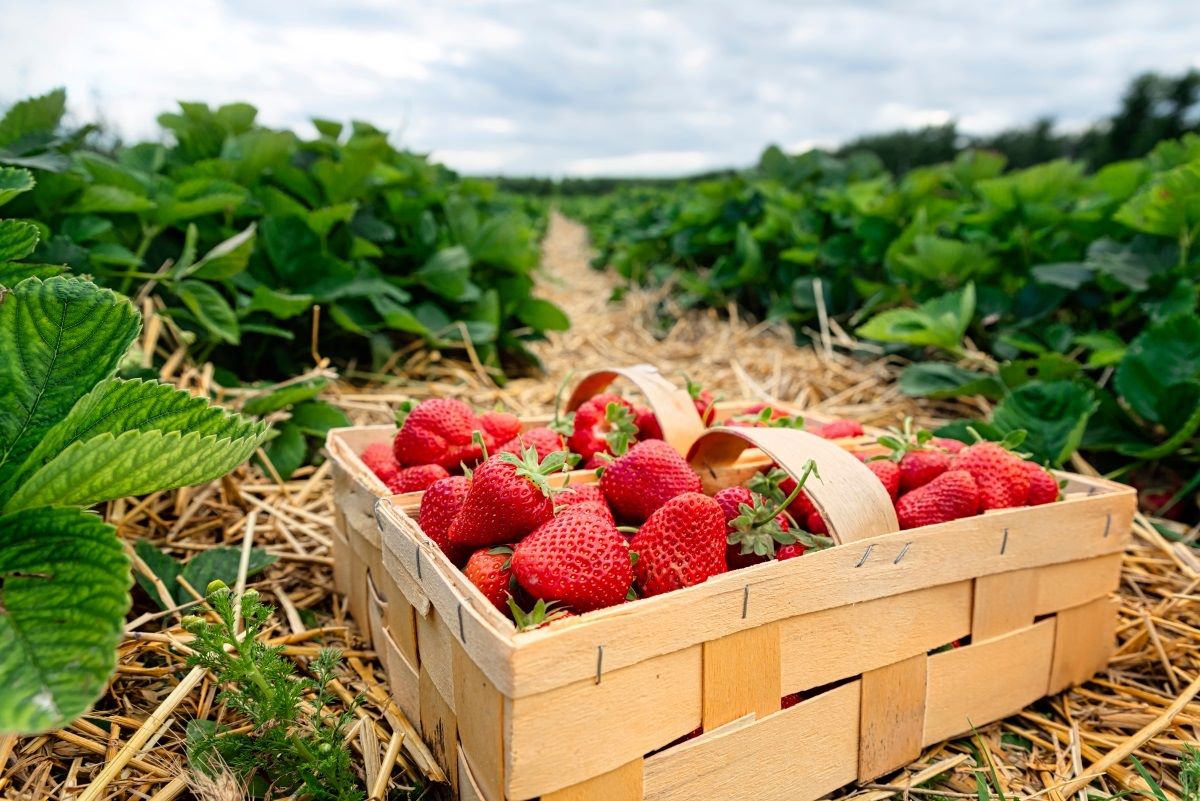
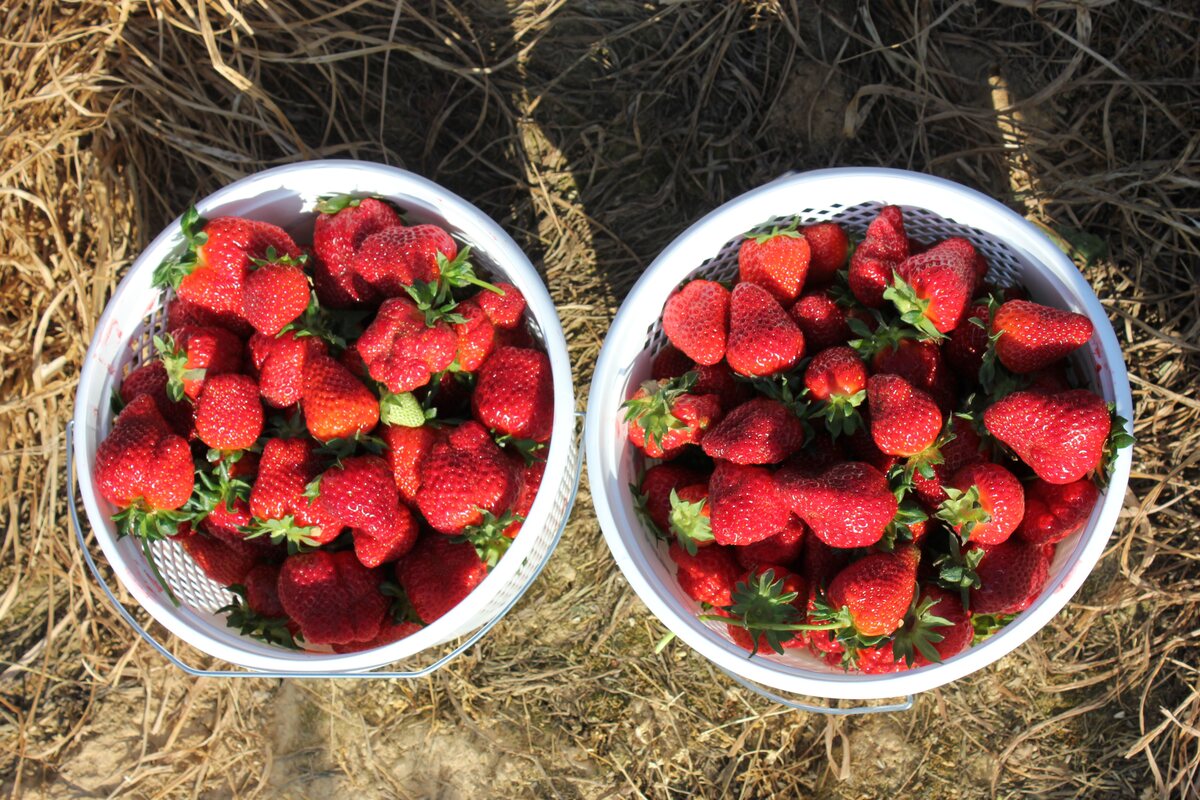
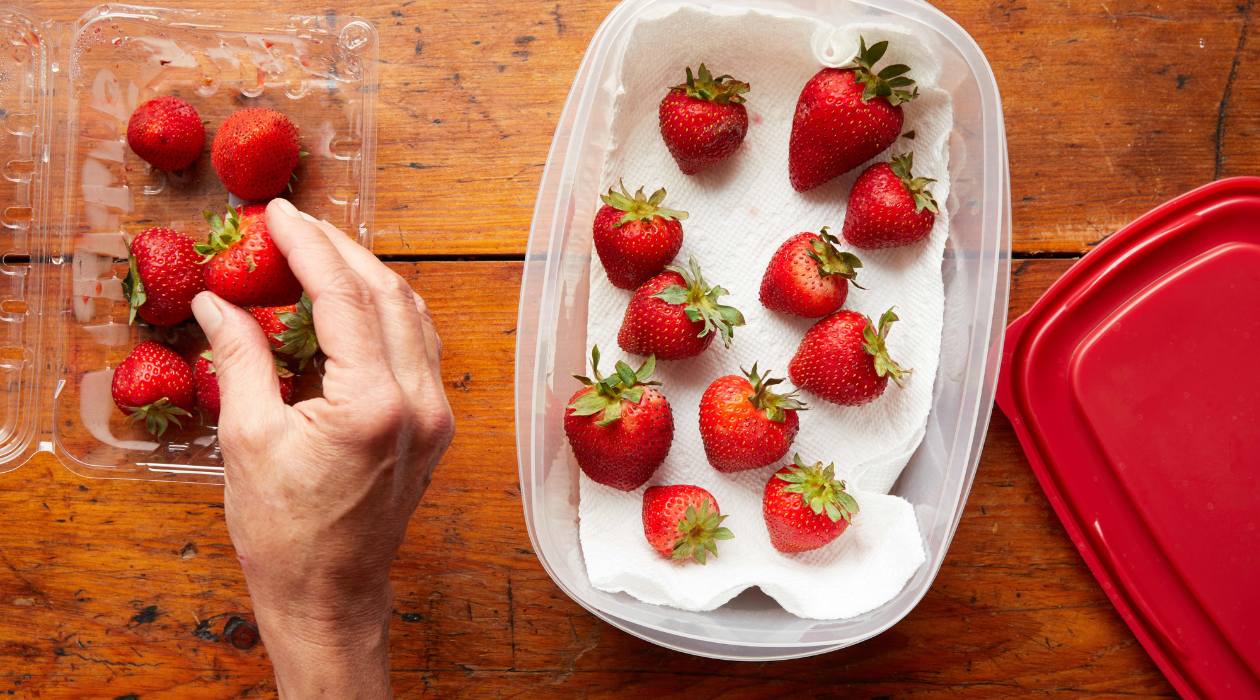
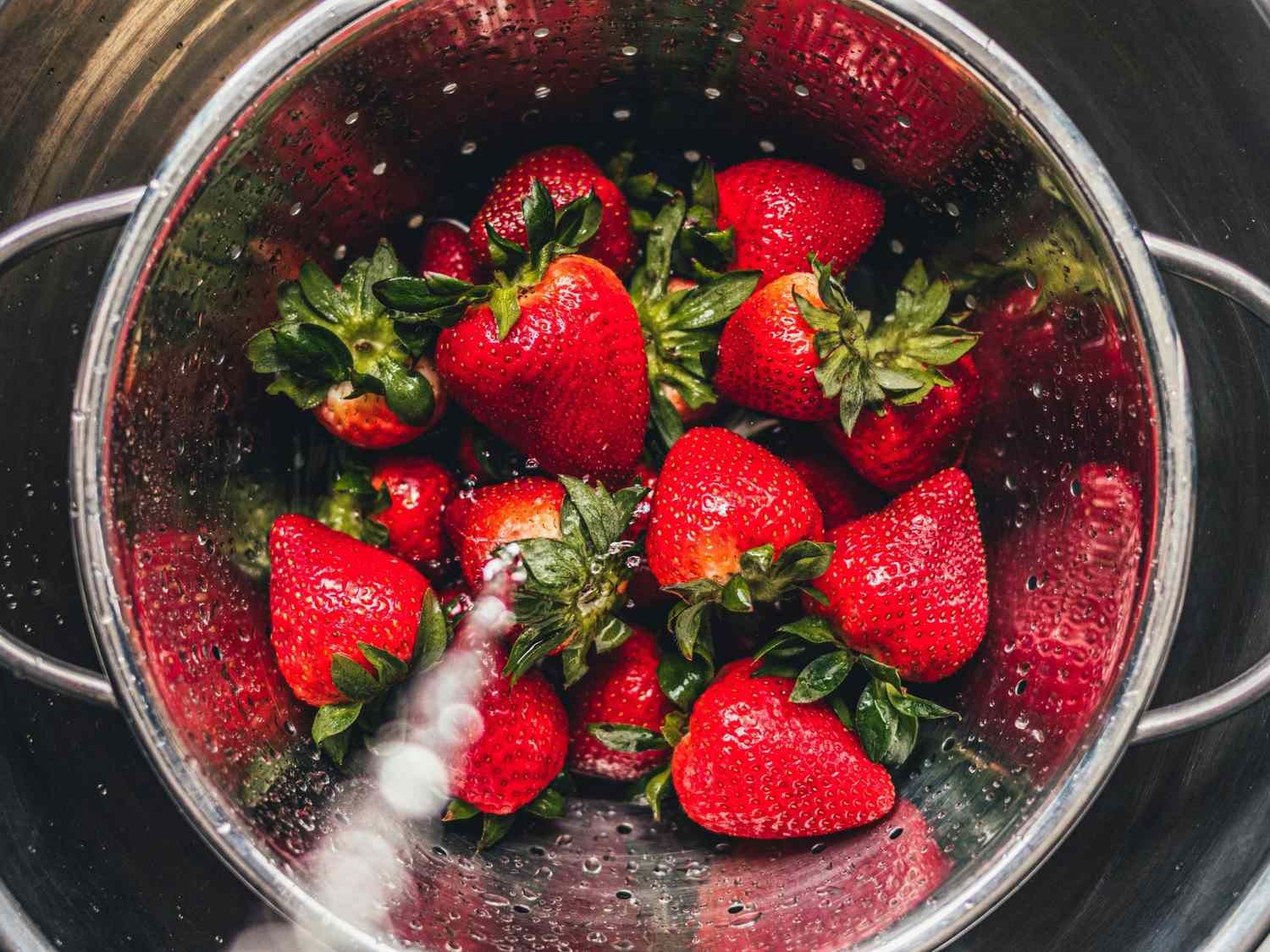
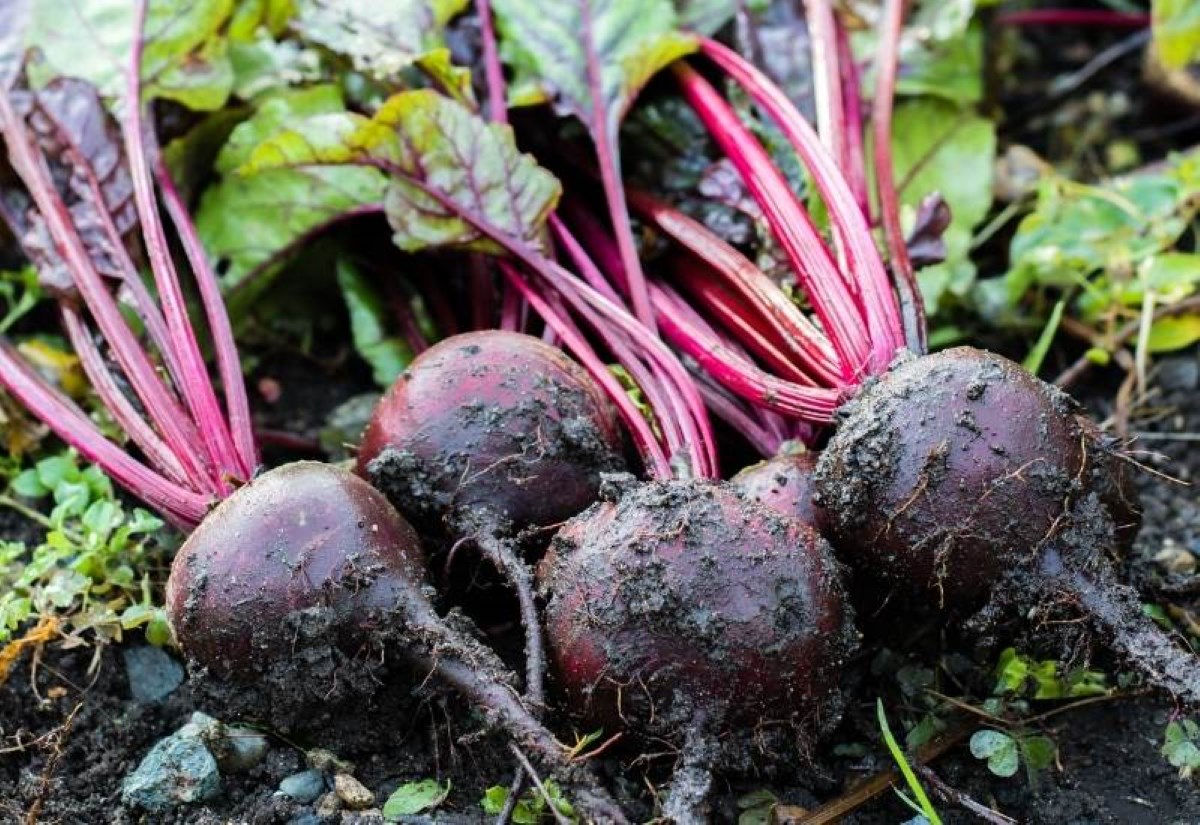
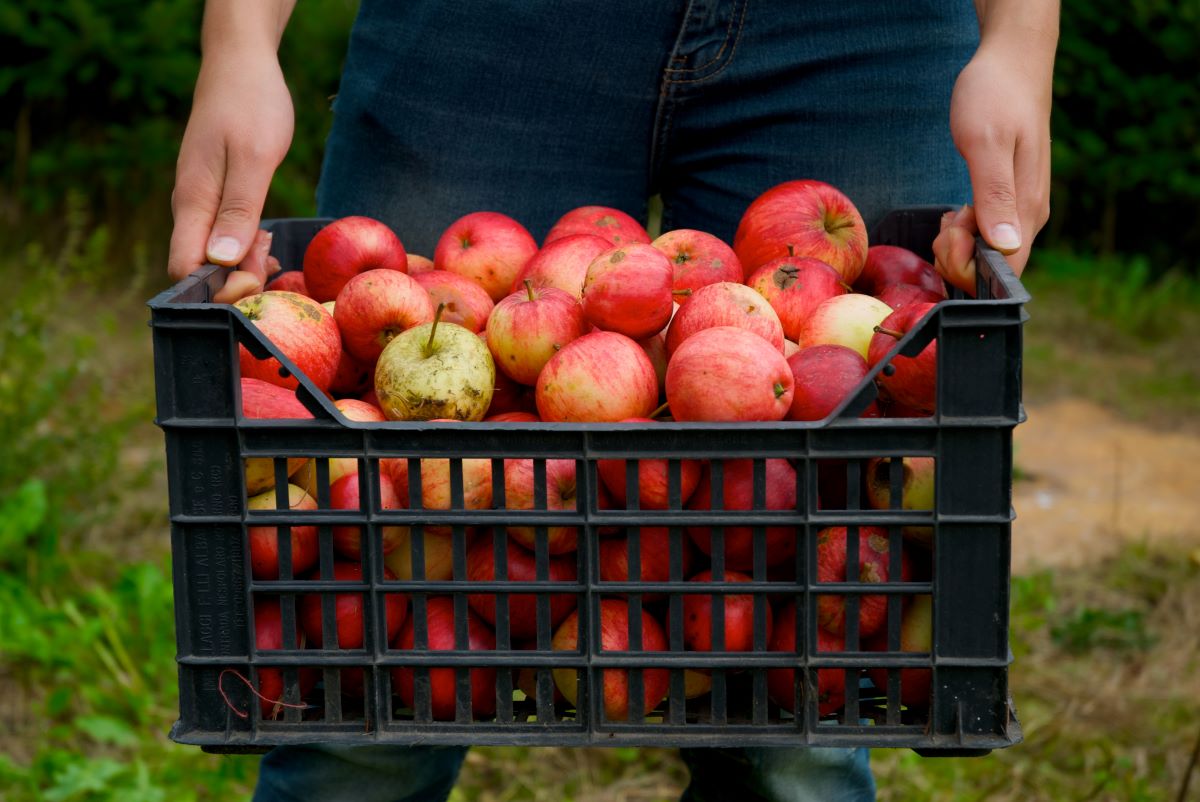
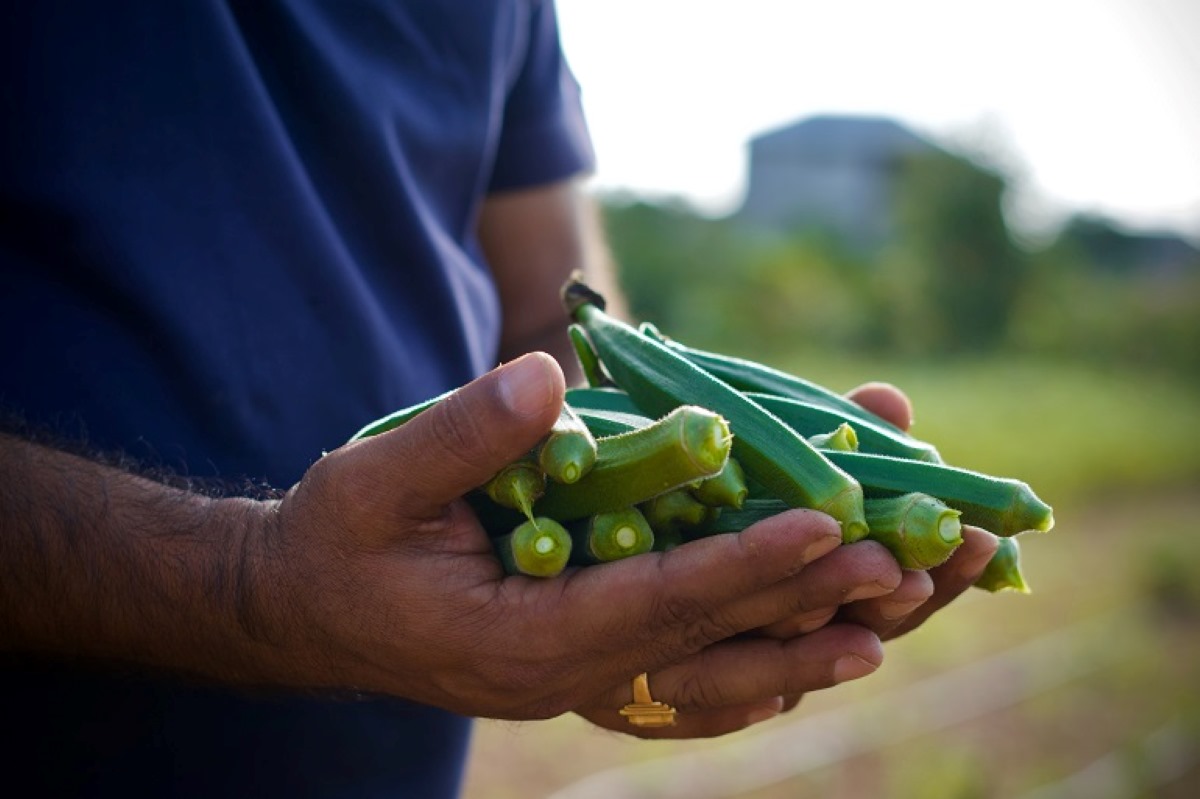

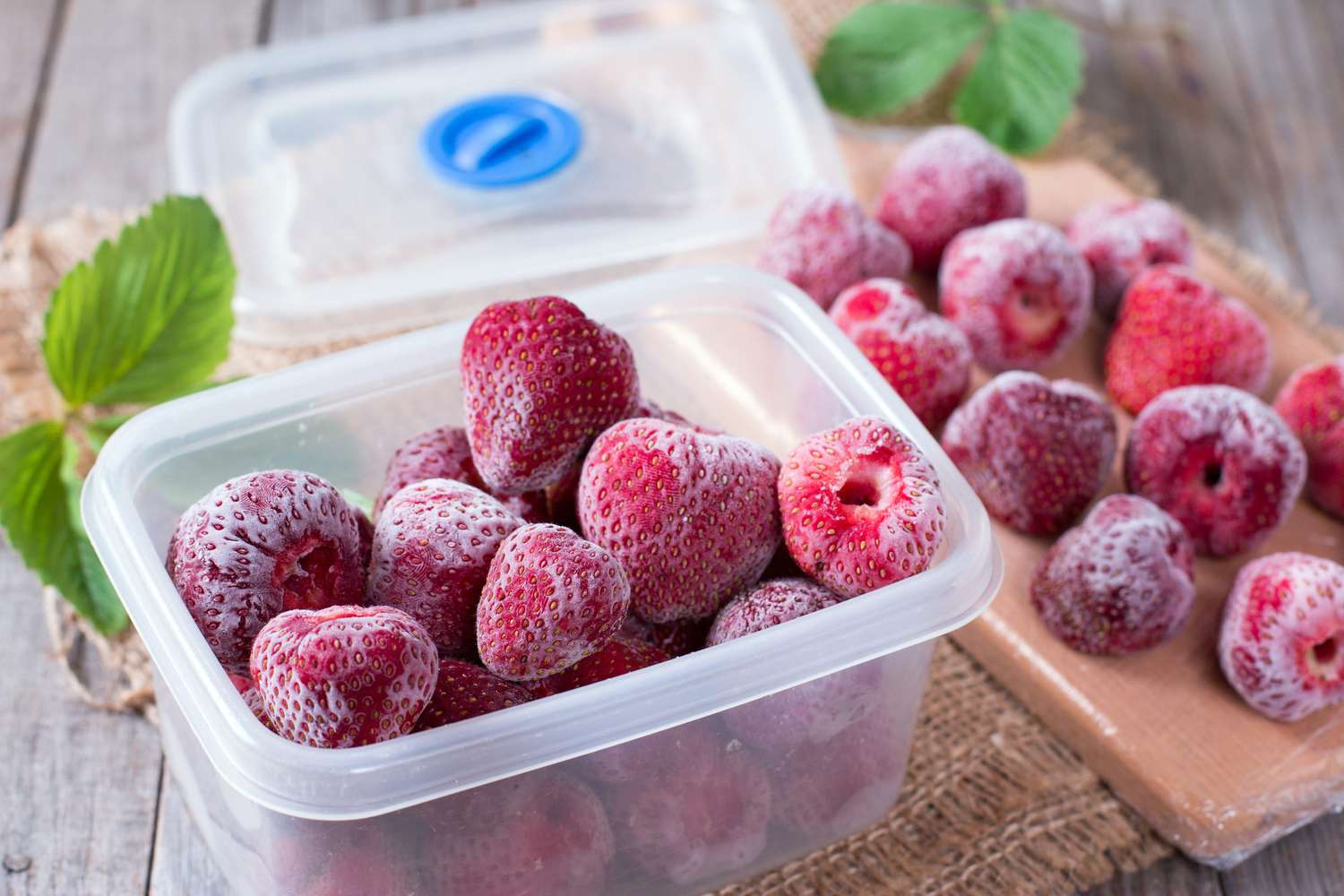
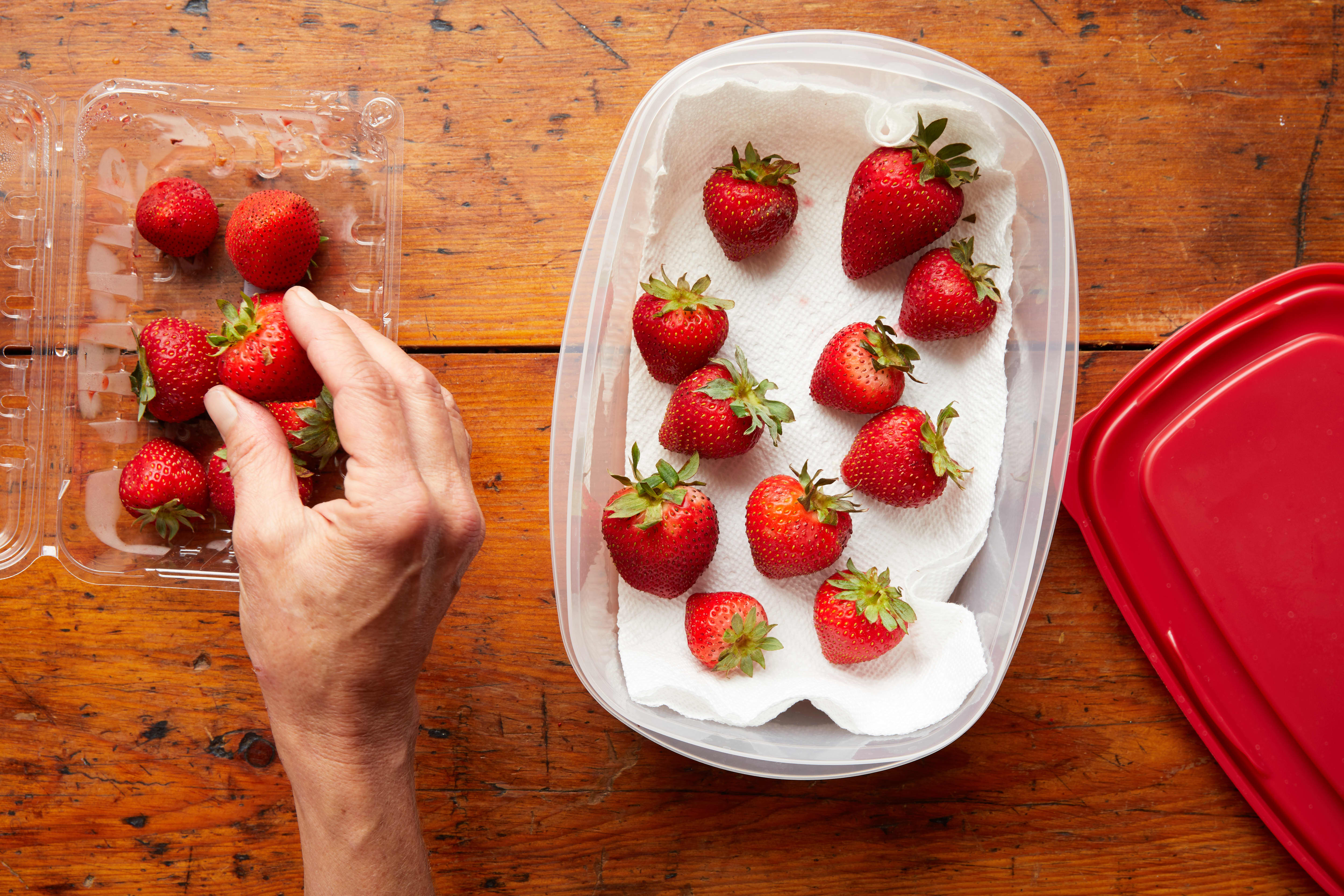
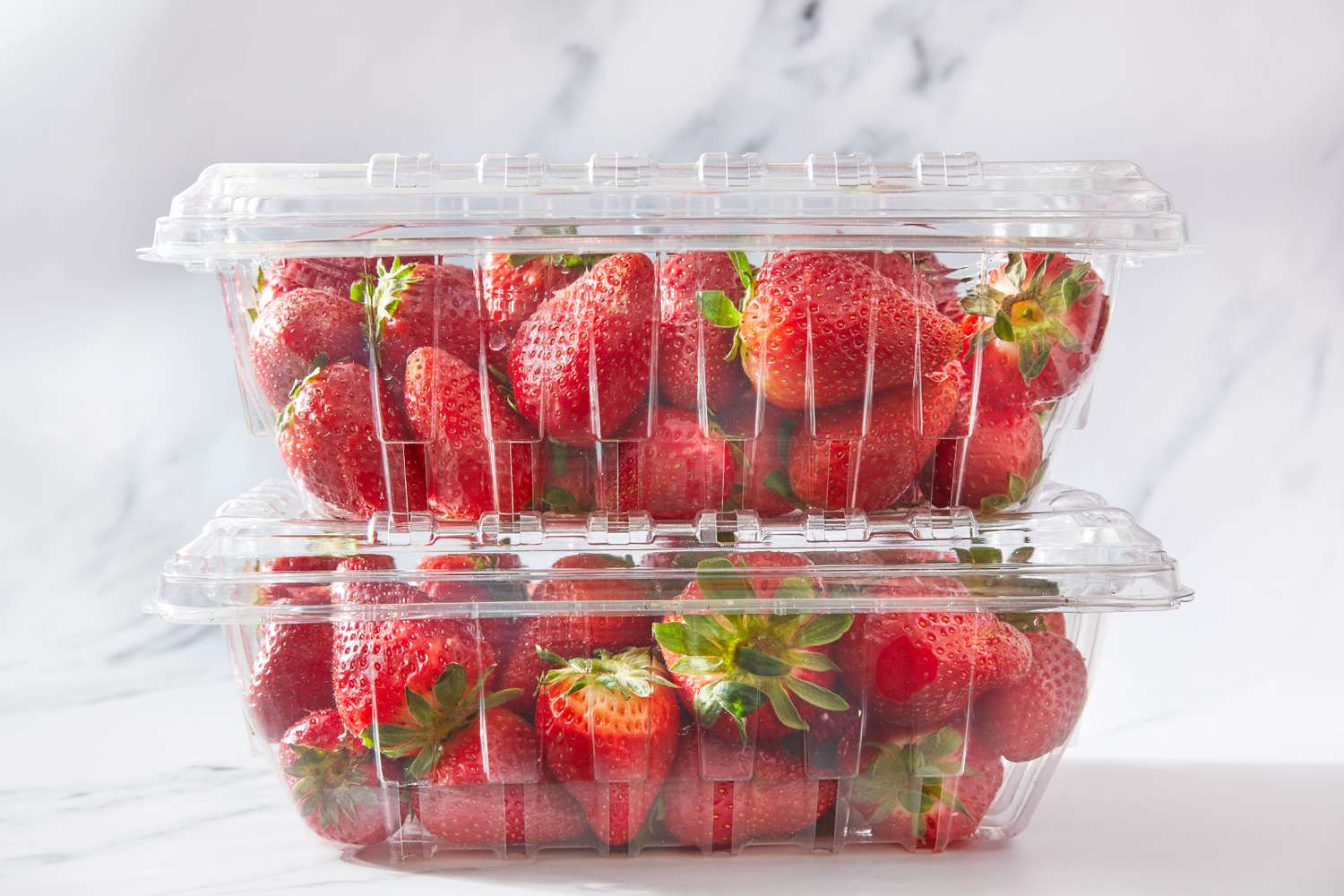
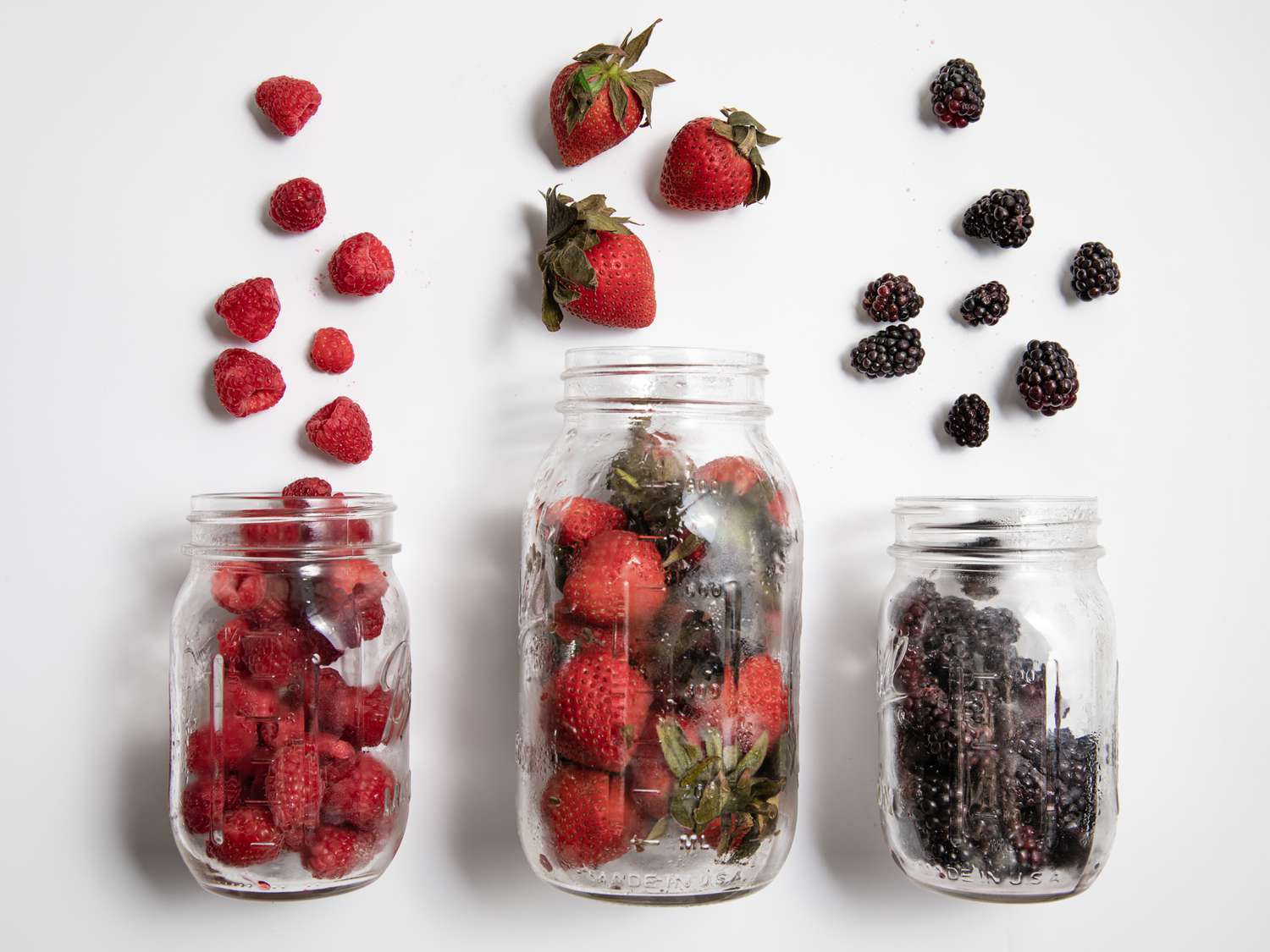
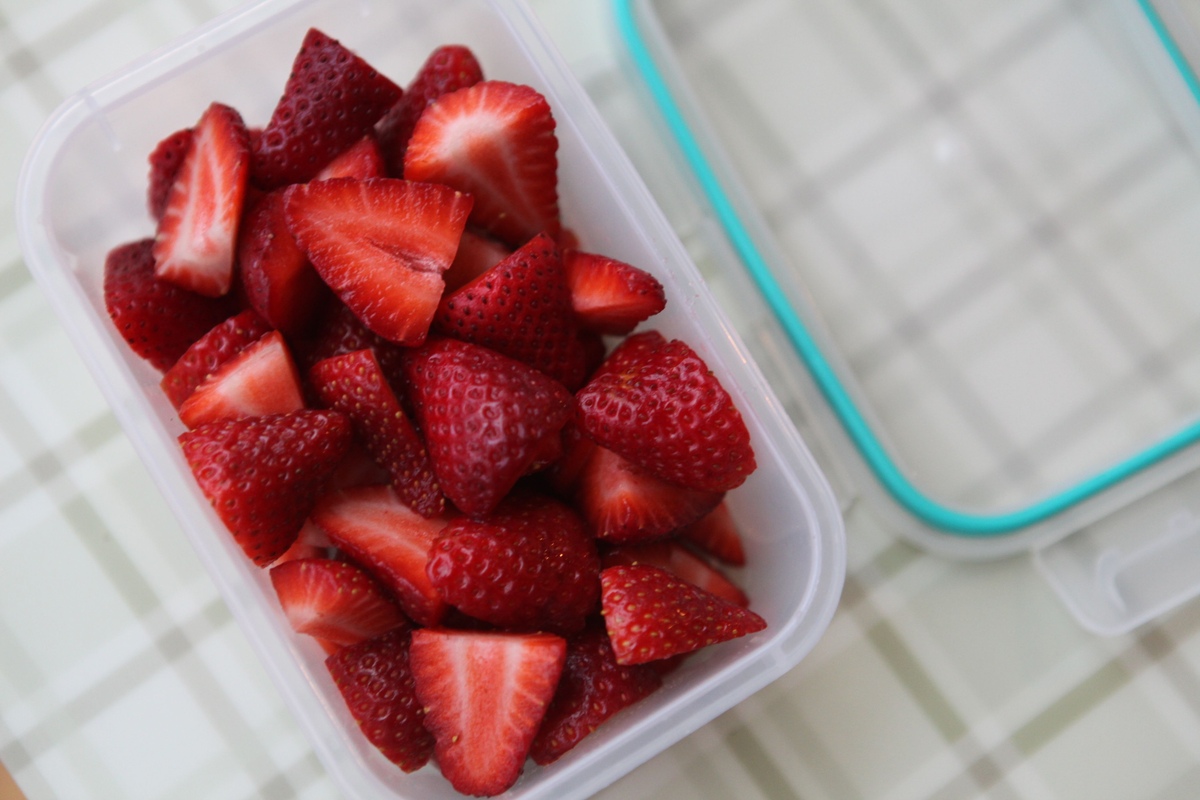
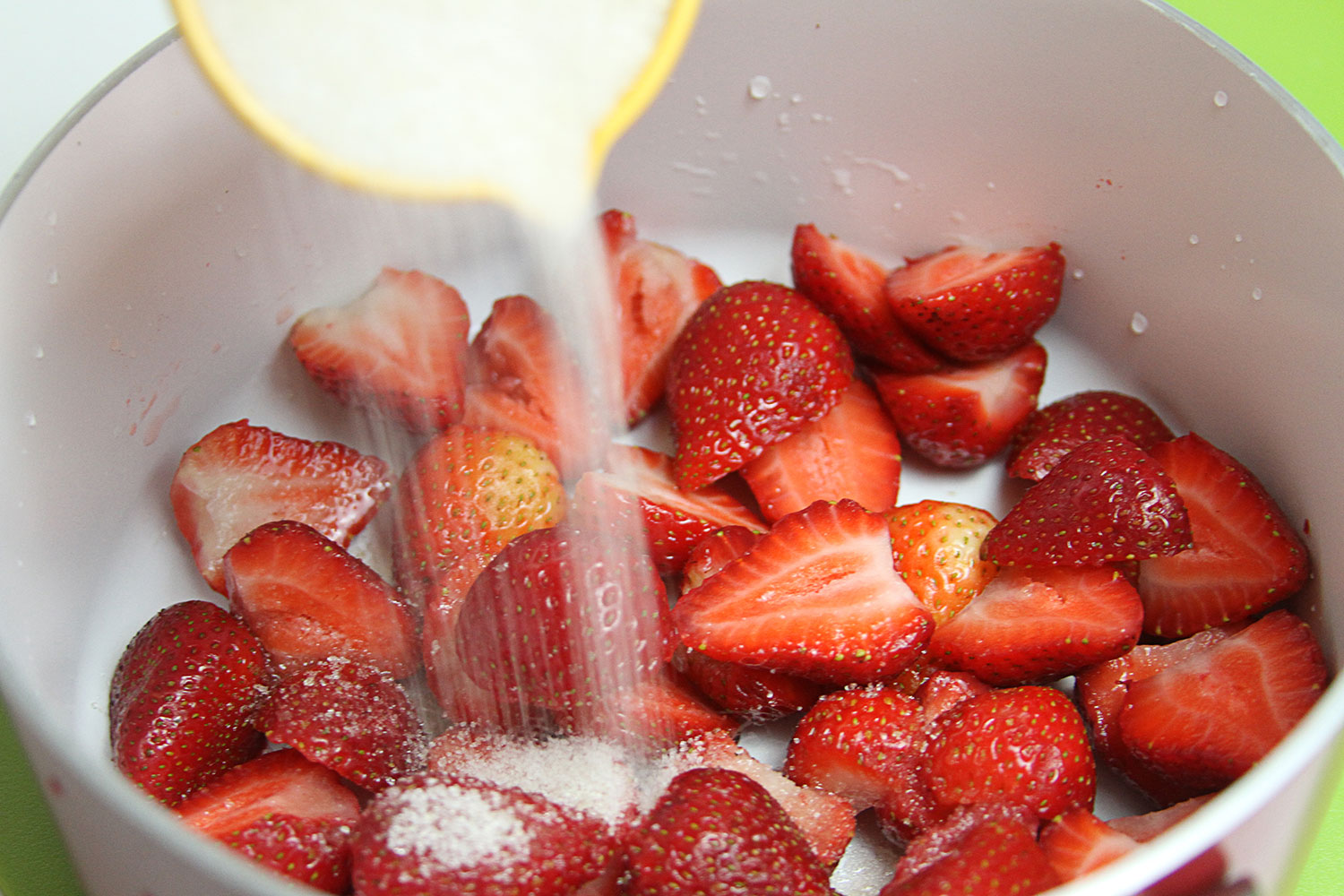

0 thoughts on “How To Store Strawberries After Picking”